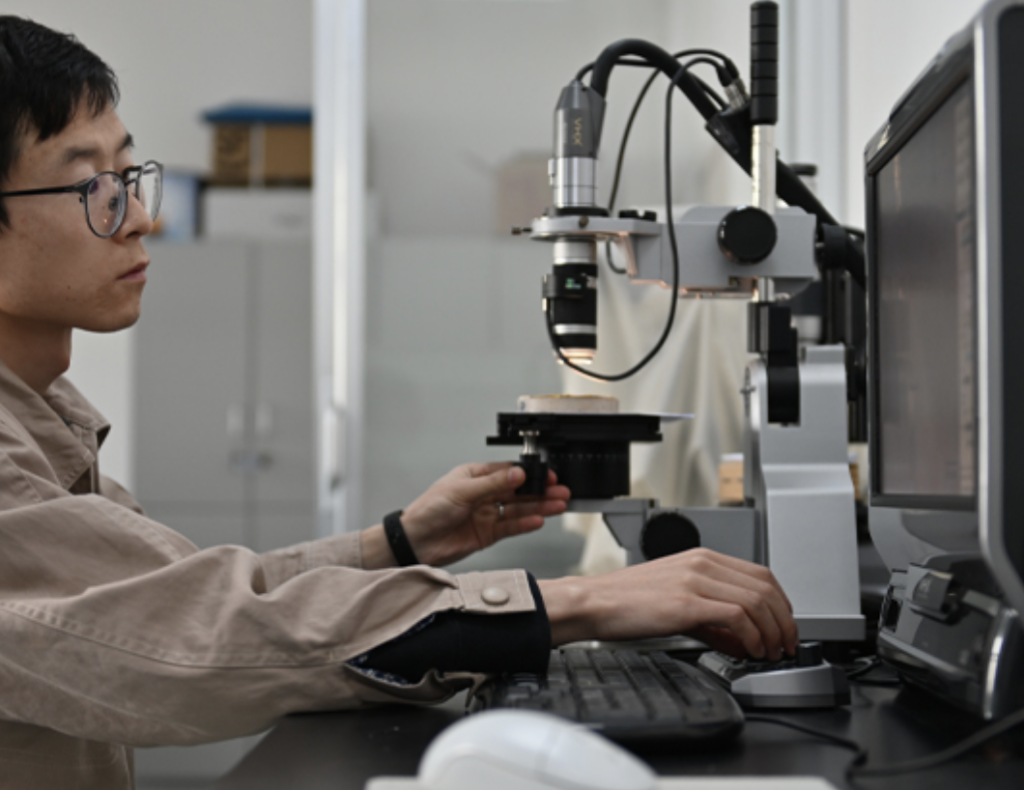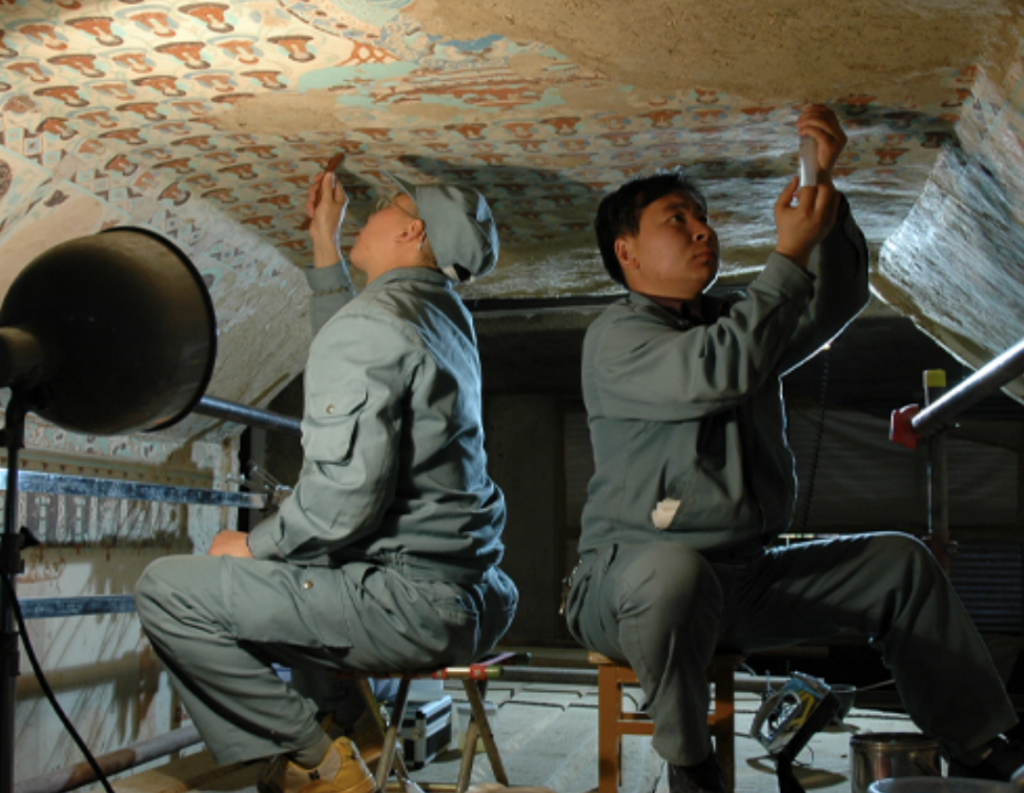Mogao Caves
Introduction
The Mogao Caves are located in Dunhuang, at the western end of the Hexi Corridor. Its excavation lasted for about 1,000 years from the period of the Sixteen Kingdoms to the Yuan Dynasty, which is unique among Chinese caves. It is not only a splendid artistic treasure trove of ancient Chinese civilisation, but also an important witness to the dialogue and exchanges between different civilisations that once took place on the ancient Silk Road.
Mogao Caves has 735 caves, preserving more than 45,000 square metres of mural paintings, more than 2,400 coloured sculptures, and five wooden eaves of the Tang and Song dynasties, which epitomize the development and evolution of Chinese cave art and enjoy a high historical status in cave art.
Caves painted, moulded statues and Buddhist content, for the Buddhist practice, watch the statue, place of worship. Dunhuang Caves is a three-dimensional art that combines architecture, sculpture and murals.
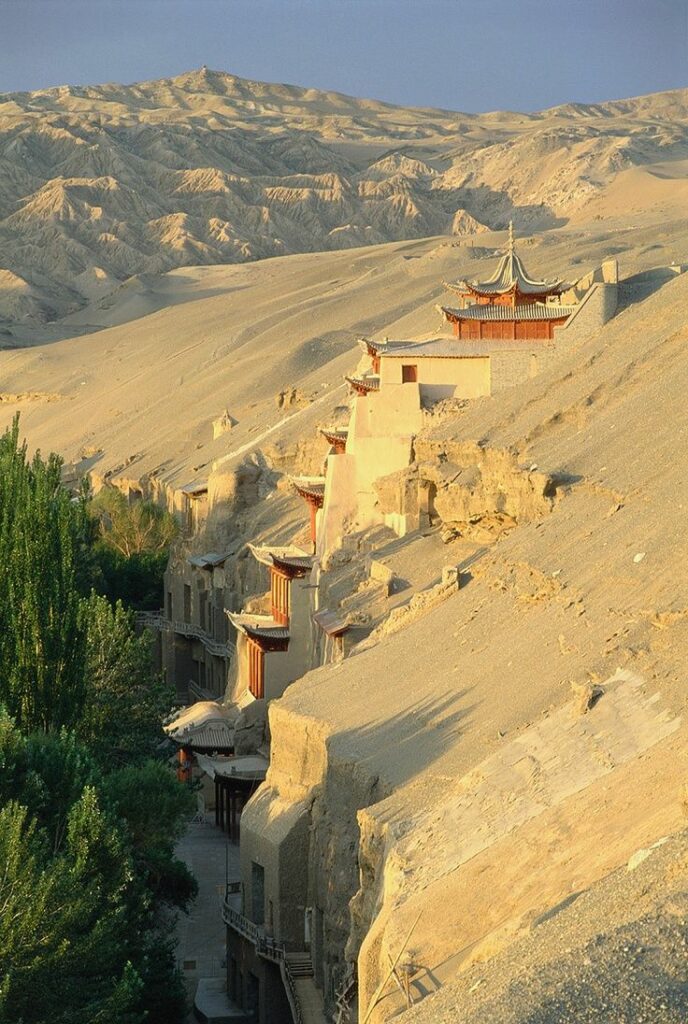
The Impact of Climate Change on Mogao Caves
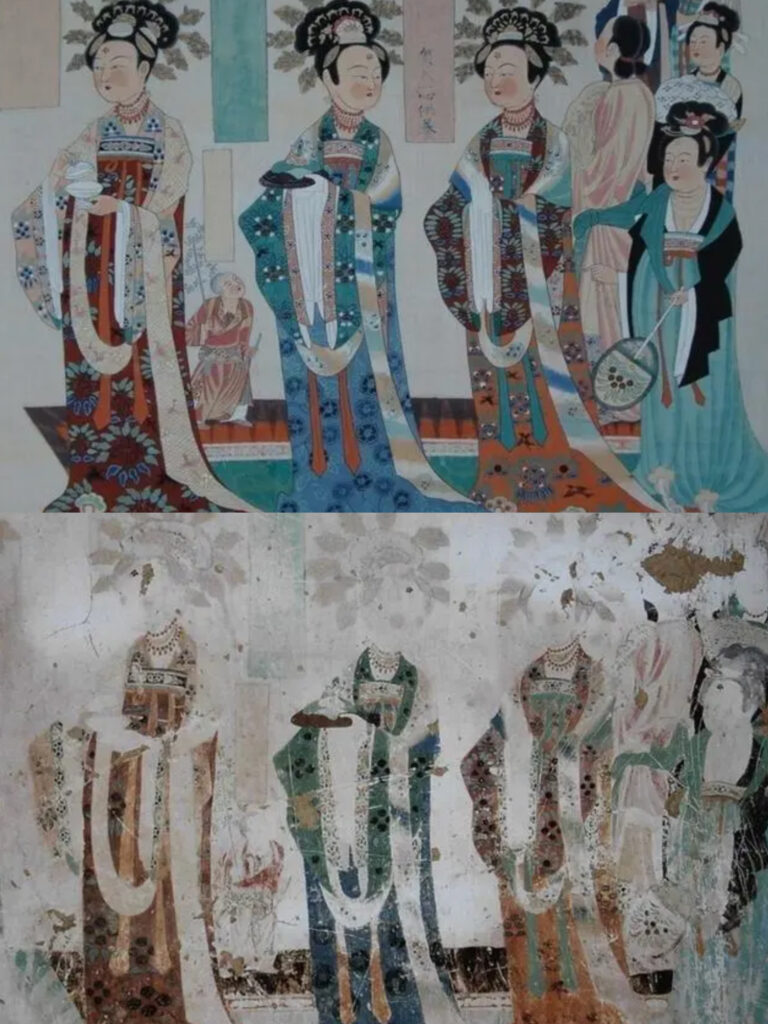
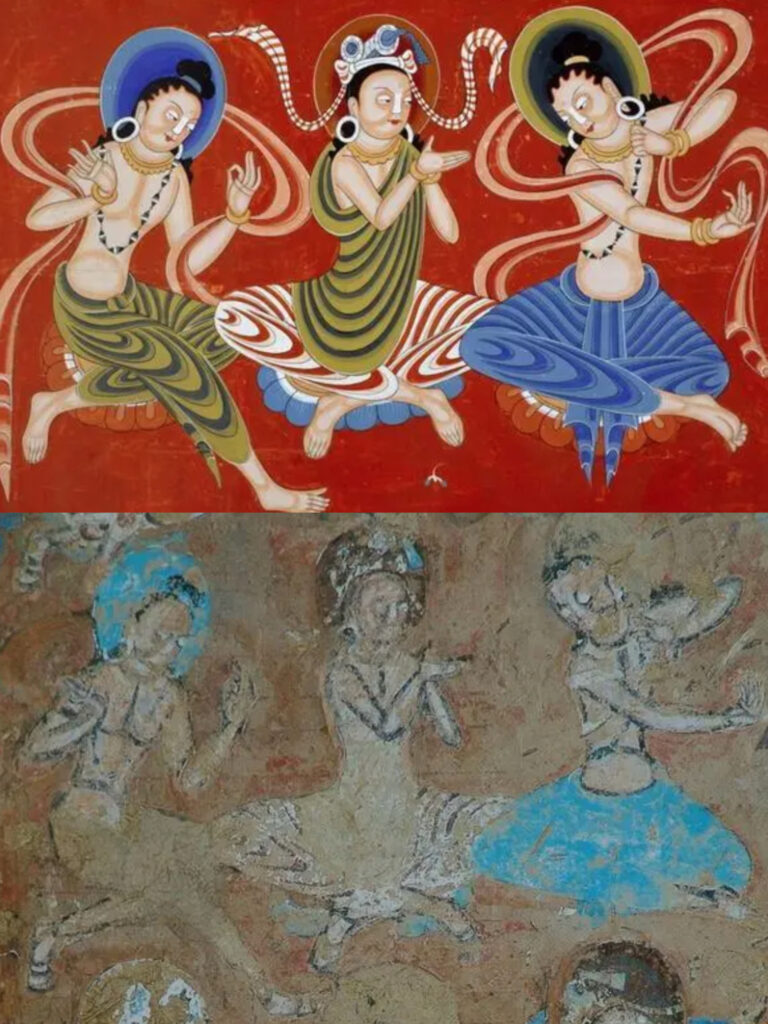
As a result of climate change, the peeling and fading of the murals in the Mogao Caves has become more severe. At the same time, the number of natural disasters that have affected the Mogao Caves has risen every year.
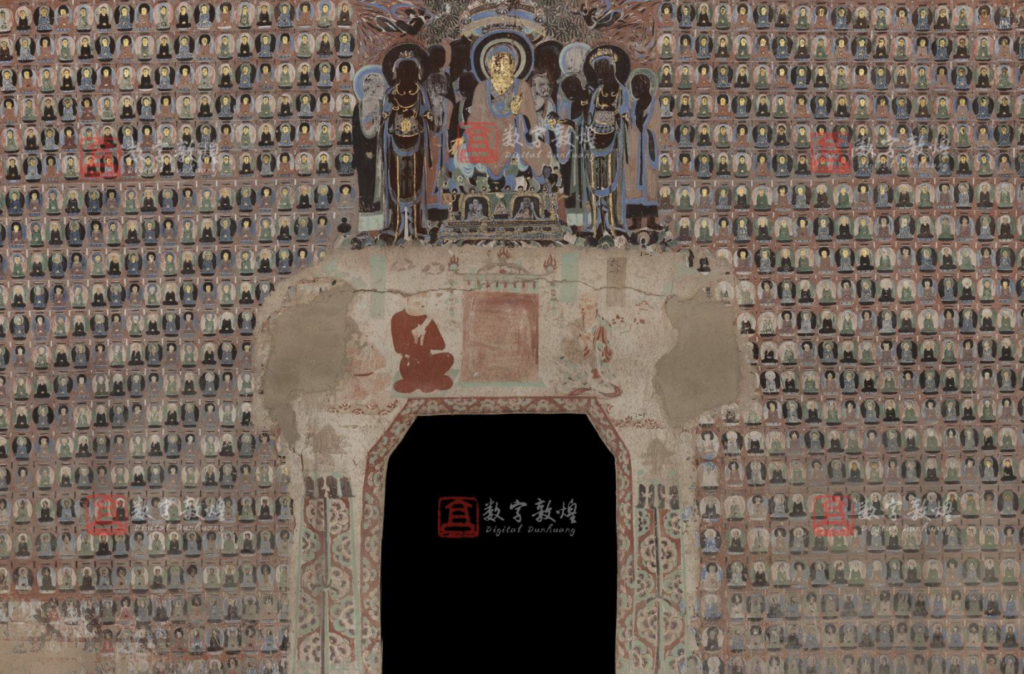
Why?
Mogao Caves are located in the hinterland of the Gobi Desert, where the air is dry and rainfall is scarce. This extremely arid, typically continental climatic environment can provide a very favourable atmospheric environment for the long-term preservation of the murals.
The main cultural relics of the Mogao Caves are made up of murals and coloured sculptures, which are made from local clay, which is highly susceptible to erosion by rain and lava. The Dunhuang Academy has been paying great attention to the effect of humidity on the murals in the Mogao Caves.
According to recent observations, there is a trend of slowly increasing rainfall in the Mogao Caves and an increase in the frequency of extreme rainfall events. The extreme rainfall events and the rise in humidity make the frescoes fade and peel off more quickly.
In 2021, the Mogao Caves suffered 29.1 mm of rainfall in a single day, which was the largest rainfall observed over the years. Such rainfall caused some localised scouring and rock fall on the loose cliffs of the Mogao Caves.
In addition, it has also caused some temporary flooding phenomena in front of the caves, with three floods occurring in the Mogao Caves in 2011, 2012 and 2019, the two largest of which destroyed the bridges attached to the road leading to the caves.
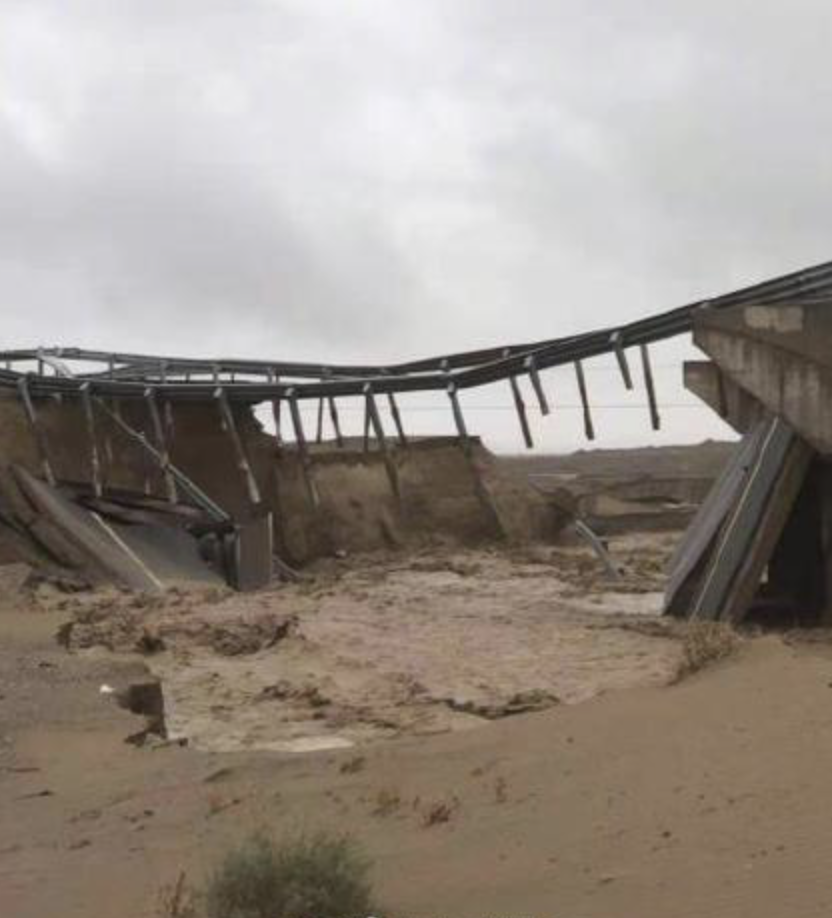
Preservation
- Construction of flood defences. In order to protect the Mogao Caves from climate extremes, the Dunhuang Academy builds river embankments for the caves, while cooperating with the meteorological department to continuously monitor the climate and provide early warnings.
- Dunhuang Studies. The Dunhuang Academy is dedicated to the conservation of cave art and provides a comprehensive research platform. The Institute applies cave conservation research to real-life heritage conservation.
- Digital Dunhuang. The Dunhuang Academy started the cave digitisation project in 2016 due to the irreversible peeling and fading of the cave murals. Through 3D modelling, artifact photography and other technologies, the Mogao Caves digital resources are gradually being enriched.
- Art Work. To attract public awareness of this valuable heritage, artworks featuring the Mogao Caves have been widely released. They include paintings, stamps, books, films and videos, as well as everyday items with the Mogao Caves IP.
- Social education. The Mogao Caves have implemented a series of social programmes, both online and offline, which focus on the themes of heritage interpretation and conservation, and are promoted to students.
